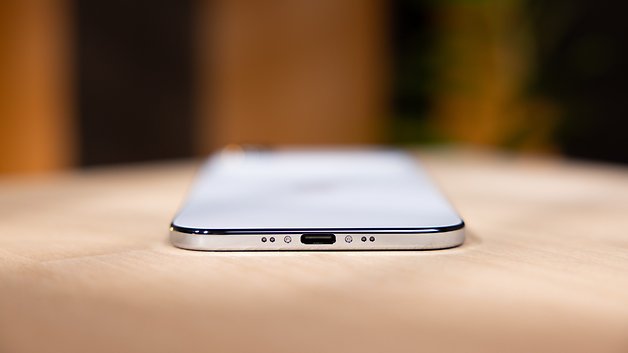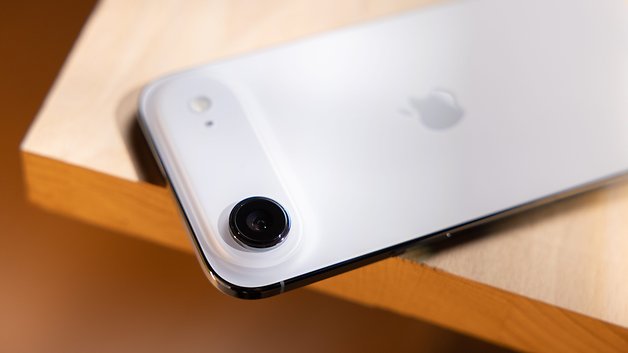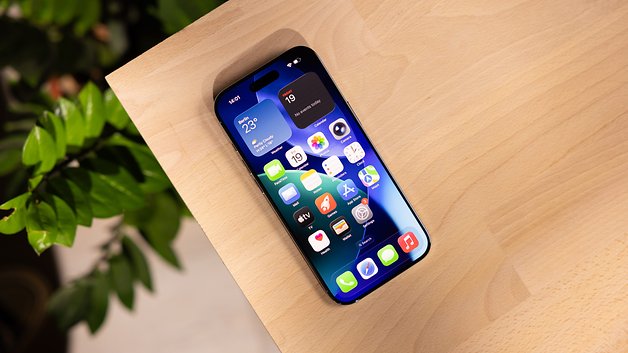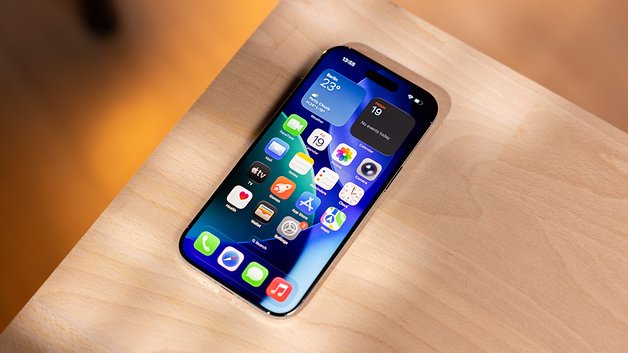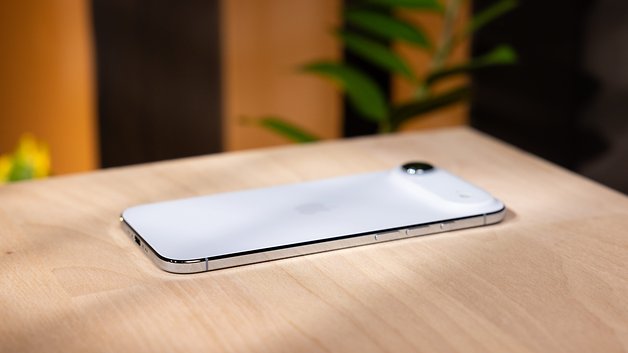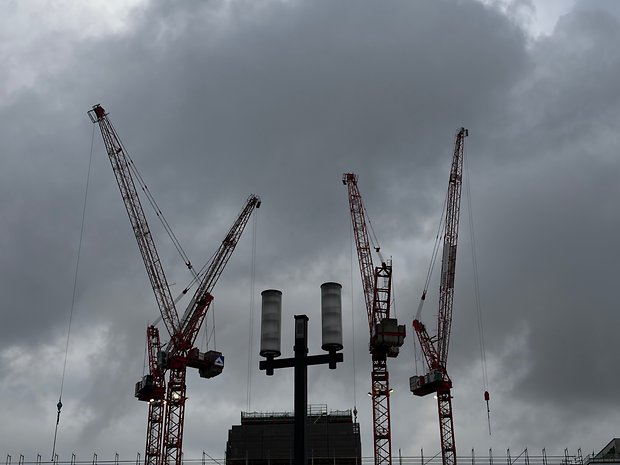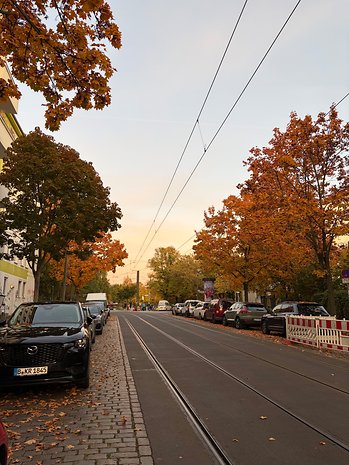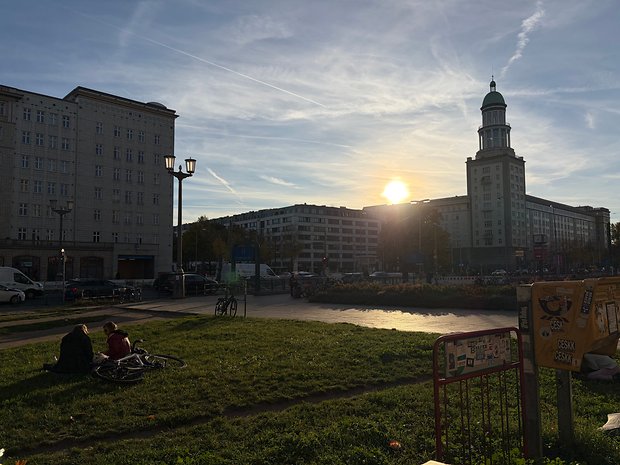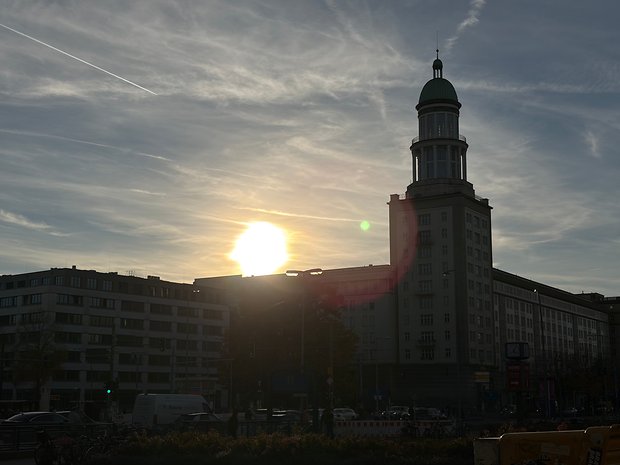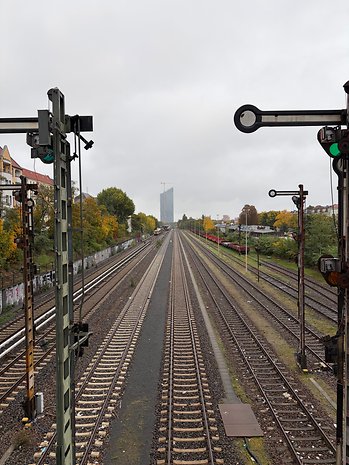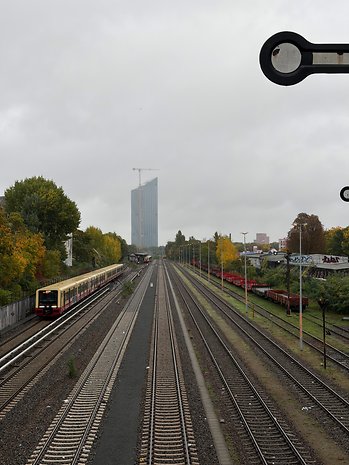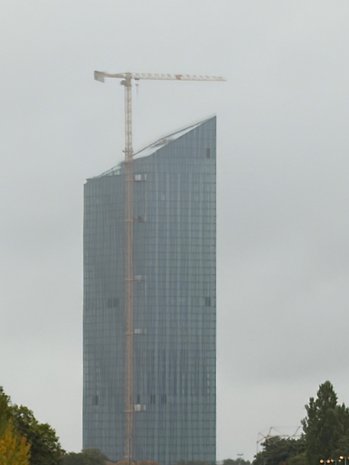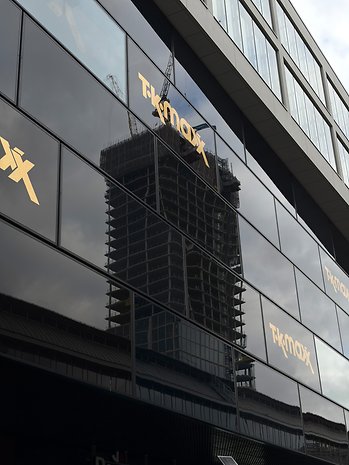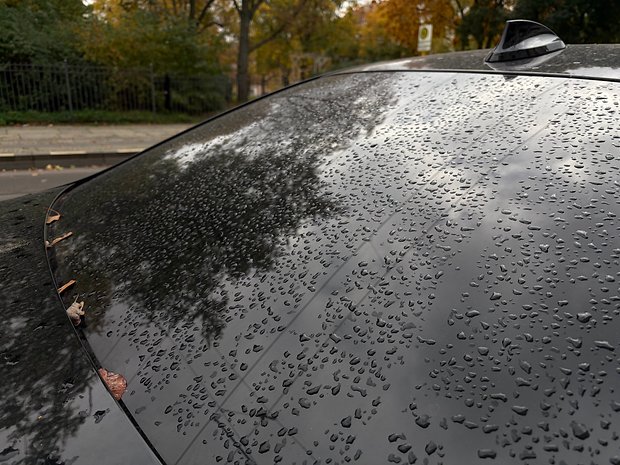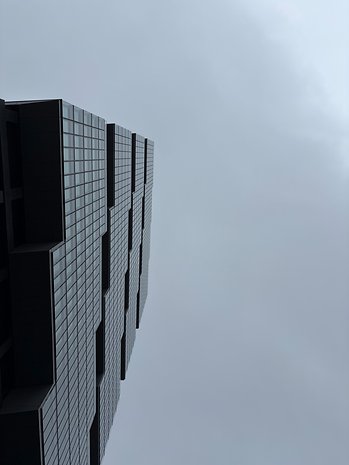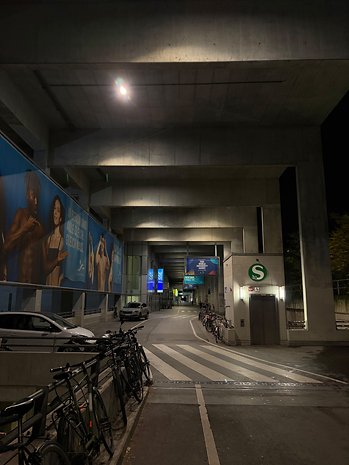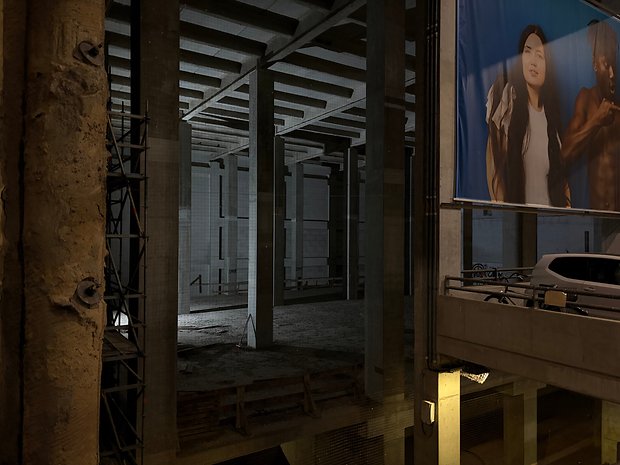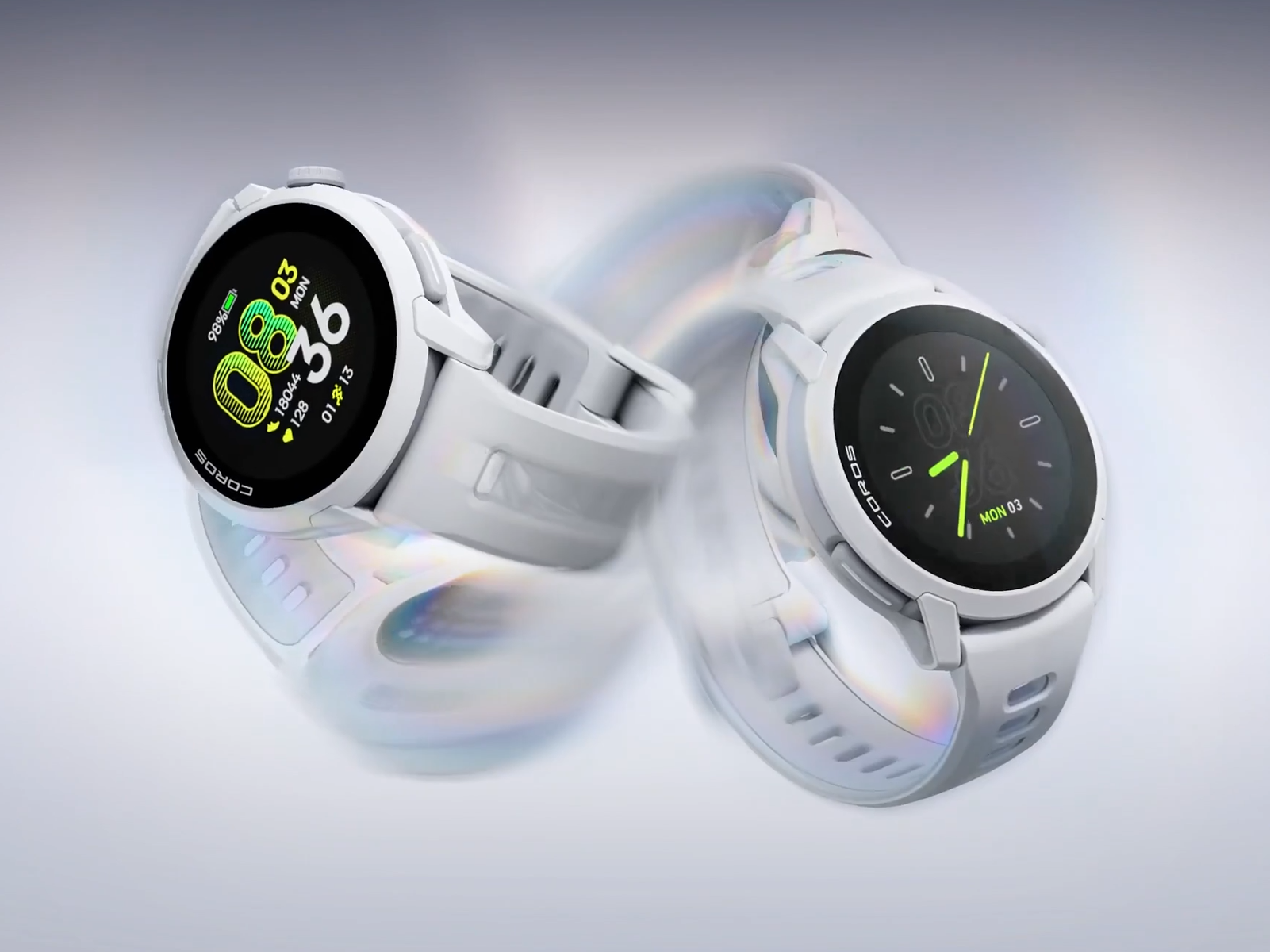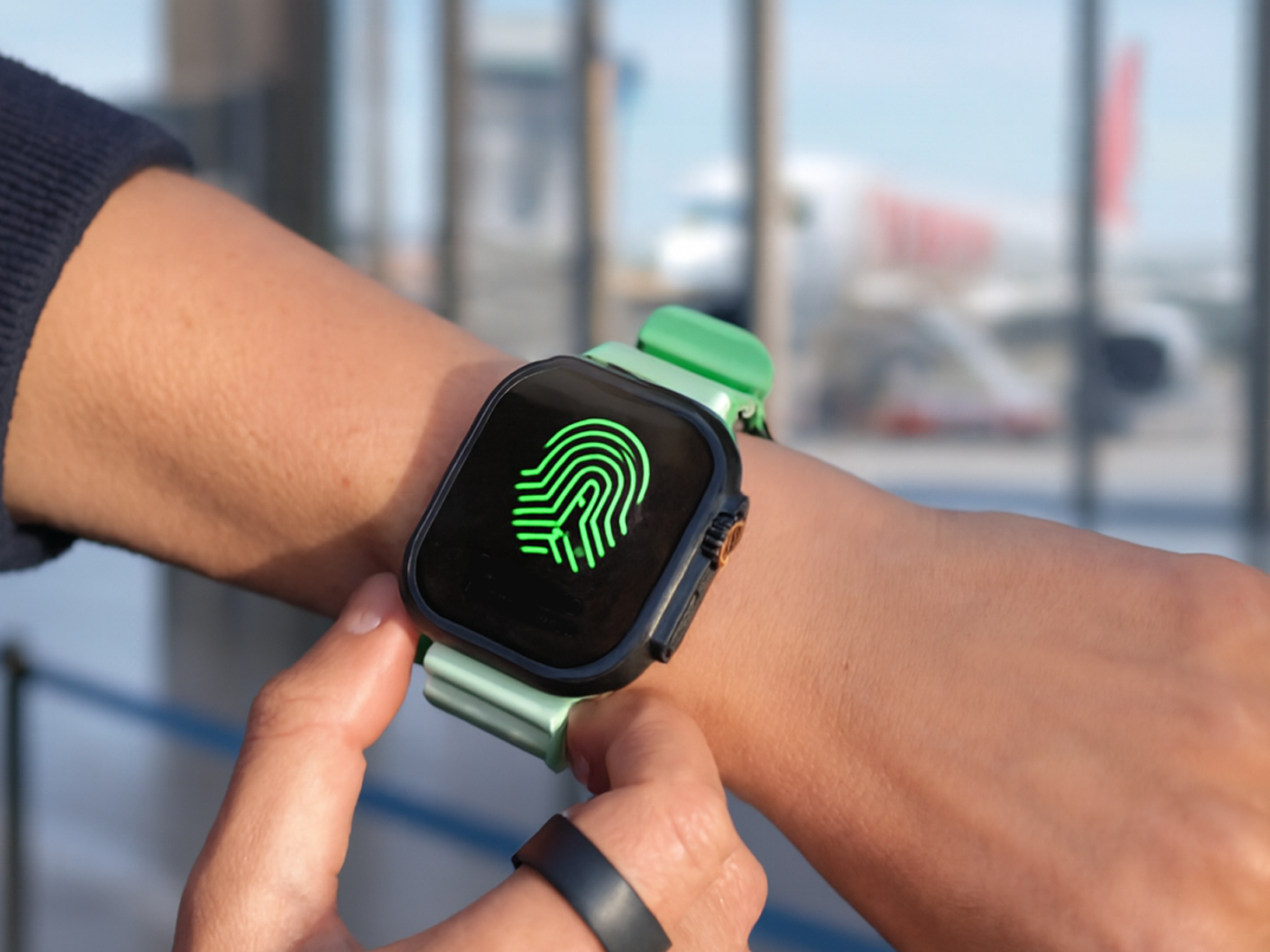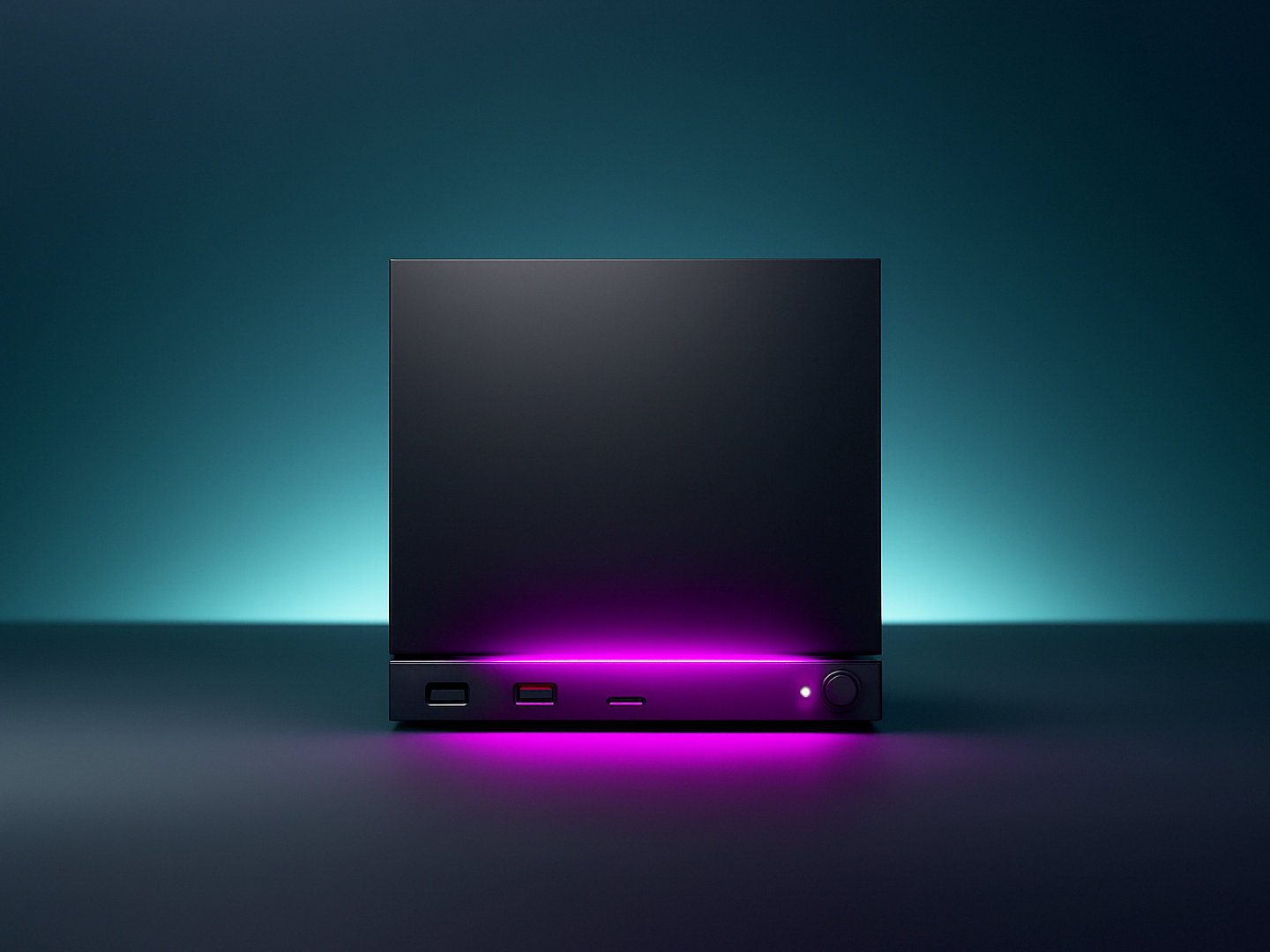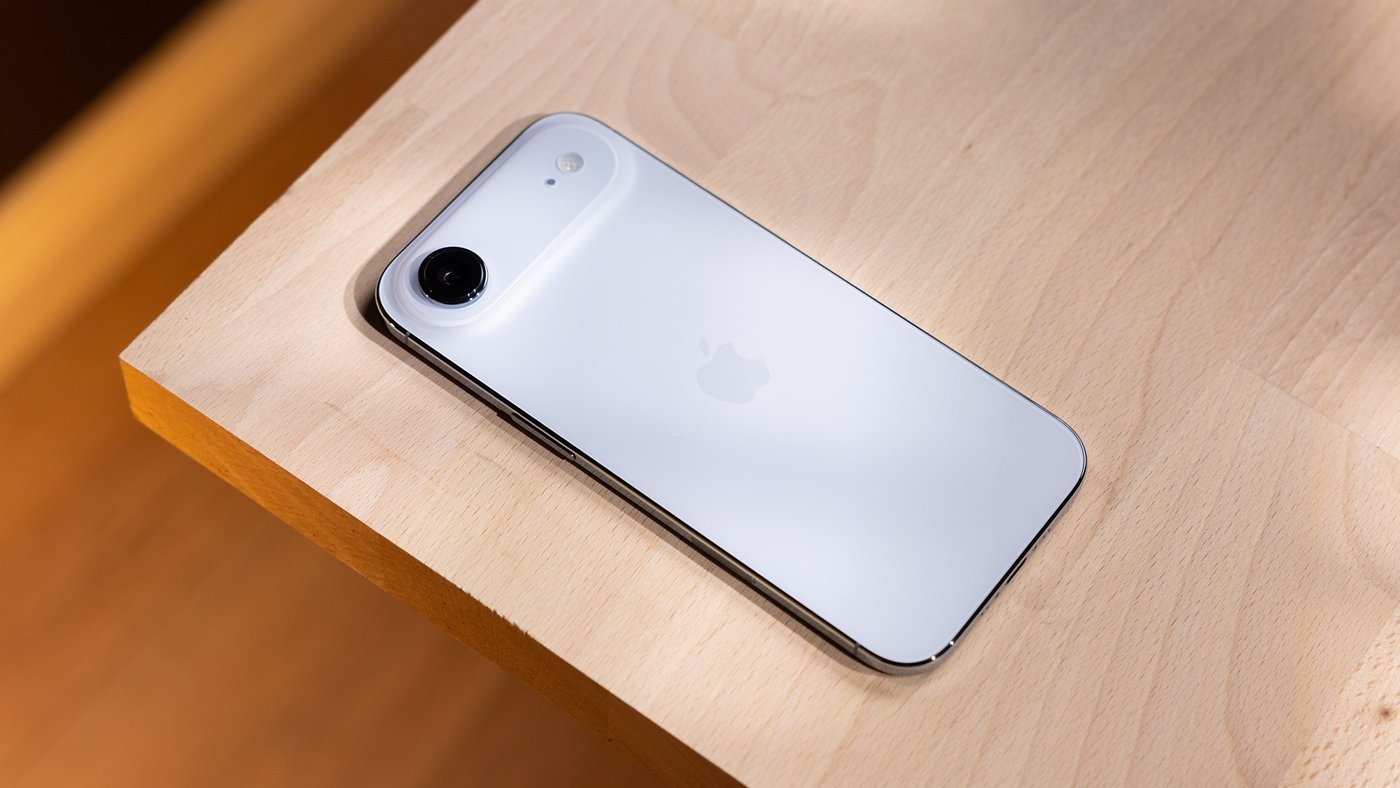
Thinphone—that’s what I call the new marketing obsession of smartphone manufacturers. After Samsung launched a particularly thin phone with the Galaxy Edge, Apple followed suit in September with the iPhone Air. And yes, the iPhone Air really is thinner, with a thickness measuring a mere 5.64 mm. But does this really bring advantages in everyday use? Let’s take a look at the nextpit review!
Good
- Special, high-quality chassis
- Great 6.5-inch display and 120 Hz refresh rate
- Innovative new front camera
- Solid battery performance despite lack of space
Bad
- eSIM only
- Only one camera at the back
- A19 Pro is heavily throttled due to heat development
- No RAW photo, no RAW video support
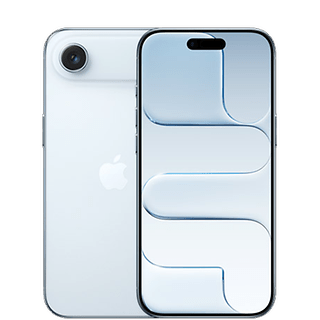
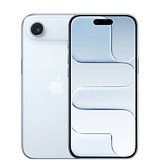
Apple iPhone Air: All deals
Price & availability
In terms of price, the iPhone Air is where the Plus model was last year. In other words, it lies between the standard model and the Pro version. Here’s the breakdown in terms of its price and storage space:
- From $999 for 256 GB of storage space
- From $1,199 for 512 GB storage space
- From $1,399 for 512 GB storage space
I have removed the word “from” from Apple’s price list, as it is quite likely you will make at least one additional purchase with the iPhone Air. This is because Apple had to compromise with the battery, allowing the manufacturer to offer an exclusive additional MagSafe battery for the iPhone Air. This costs $99 a pop and provides up to 65% more battery life via 12 W wireless charging. Or as Apple puts it: “Attach the MagSafe Battery to your fully charged iPhone Air for all-day use”. Well, well…
iPhone Air Design
| Design and build quality | |
|---|---|
| Display |
|
| Dimensions and weight |
|
| Durability |
|
There was a lot of discussion online about the most striking feature of the iPhone Air. This is because the “thinnest iPhone ever” measures only 5.64 mm thick at the thinnest point of the case. Apple has relocated most of the electronics and the single (!) camera to a bar at the top of the device. By doing so, it roughly doubles the thickness of the iPhone Air.
However, the thin case still offers added value in everyday use. This is because Apple does a better job here than the Pro models without making the balance of the phone too top-heavy. The iPhone Air sits really well in the hand and feels really special. It’s as if you’re holding a display embedded in a particularly high-quality titanium frame.
While you quickly get used to the thickness of the case, another aspect struck me as positive all the time: The phone tipped the scales at a mere 165 g, which is still 12 g lighter than the iPhone 17 and a remarkable 39 g lighter than this year’s Pro model. I usually use the iPhone 16 Pro, which weighs 199 g (making it 34 g heavier), and the lightweight nature has always struck me. To paraphrase Bruno Latour, heavy objects also take up more space in everyday life. It was primarily because of this advantage that I once bought the iPhone 13 mini (review) years ago.
Apart from that, the iPhone Air with its 6.5″ display is slightly larger than the iPhone 17 (review) and this year’s Pro model. It is also now the only iPhone to boast a polished titanium frame. Apple also claimed to have improved the durability of the ceramic shield above the display, which is now three times more scratch-resistant. The conventional Ceramic Shield is used on the glass back. Overall, there is an IP68 certification for dust and water protection.
Display measuring 6.5″
The iPhone Air often feels like you’re holding just one display in your hand, and a very high-quality one at that. The Pro Resolution display measures an impressive 6.5″ across diagonally in what is currently the thinnest iPhone, placing it between the Pro at 6.3″ and the Pro Max at 6.9″. Fortunately, the new display also delivers a 120 Hz refresh rate and achieves peak brightness levels of up to 3,000 nits.
The iPhone Air achieves this thanks to HDR10 support, with an extremely high pixel density courtesy of the 1,260 x 2,736 px count. At 460 ppi, I can hardly make out any pixels, even with the macro lens. The effects in iOS 26, some of which are really pretty, stood out really well. Another nice detail that is only noticeable in a direct comparison: the Dynamic Island is mirrored on the Air model. This means the camera is located on the left, leaving the right side empty, as with all other iPhones.
The only other thing worth mentioning is the anti-reflective coating that Apple is integrating across all iPhone models this year. It makes a small difference, but you don’t really notice it in everyday life.
iPhone Air Performance is Severely Throttled
| Performance | |
|---|---|
| Processor |
|
| Memory |
|
| Connectivity |
|
“Thinnest iPhone with Pro performance” is how Apple described the iPhone Air. Indeed, it is equipped with the A19 Pro chip, which features up to 6 CPU cores and a 5-core GPU. The iPhone 17 Pro (review) and the iPhone 17 Pro Max offer an additional graphics core and should, therefore, deliver a little bit more performance. Let’s take a closer look at the benchmarks in a moment.
Before that, I want to talk about the general features of the iPhone Air. One of the biggest compromises of the thin case is the lack of stereo sound. While all other iPhones this year emit music and movies from a pair of headphones and also a pair of speakers, the iPhone Air only does so from headphones and a single speaker. Audio is less spatial here, especially when you watch videos horizontally. Compared to the excellent speakers on my iPhone 16 Pro (review), I noticed this to be a negative aspect in everyday use.
Apple also used the standard model for data transfer. This means that we will not benefit from USB 3.0 connectivity, but instead, find a rather outdated USB 2.0 data transfer standard. The fact that WiFi 7 and Bluetooth 5.6 are supported, on the other hand, is another plus point. Another issue becomes clear in the benchmark results:
| iPhone Air | iPhone 17 (Apple A19 Bionic) |
iPhone 16 (Apple A18 Bionic) |
Galaxy S25 Ultra (Snapdragon 8 Elite) |
|
|---|---|---|---|---|
| AnTuTu | 2,188,058 | 2,224,609 | 1,701,457 | 2,341,216 |
| 3DMark Wild Life Extreme Stress test |
Best loop: 3,395 Worst loop: 3,035 Stability: 89.4% |
Best loop: 5,010 Worst loop: 3,141 Stability: 62.7% |
Best loop: 3,643 Worst loop: 2,082 Stability: 57.1% |
Best loop: 6,986 Worst loop: 3,253 Stability: 46.6% |
| 3DMark Steel Nomad Light Stress test |
Best loop: 1,793 Worst loop: 1,520 Stability: 84.8% |
Best loop: 2,173 Worst loop: 1,111 Stability: 51.1% |
– | Best loop: 2,581 Worst loop: 1,363 Stability: 52.8% |
The stability in the stress test benchmarks was better across the board than in the iPhone 17, but the performance level of the SoC was also significantly below that of the standard model. This is a clear indication that Apple applied rather aggressive thermal throttling to prevent the iPhone Air from overheating. While we get the better hardware on paper, we can’t take advantage of it in reality.
Of course, Apple had to compromise if it wanted to offer such a thin phone. There is no room for a vapor chamber in the thin case to dissipate heat, and this year’s Pro model has reverted to an aluminum case because titanium is a poorer heat conductor. If you are interested in the iPhone Air, what should you look out for?
Don’t be blinded by the technical specifications and performance benchmarks—in reality, the iPhone Air is the weakest model this year according to benchmarks, despite the A19 Pro SoC. That is disappointing, indeed!
How annoying is the single camera in the iPhone Air?
| Camera | |
|---|---|
| Main camera |
|
| Ultra wide-angle camera | |
| Telephoto camera(s) | |
| Selfie camera |
|
| Max. Video resolution |
|
During the review duration, I placed the iPhone Air in the hands of several people and asked them what they noticed. The first thing they all mentioned was just how thin it was, and next was the single camera located behind. Yes, with the iPhone Air, priced from $999 a pop, we are buying a smartphone that only has one camera. Apple’s slick marketing of touting a “fusion camera” can’t change that reality.
Of course, it is true that the rear sensor has a 48 MP resolution, giving us a lossless digital zoom compared to previous iPhone models. But this is not something you can dwell on years later, as Apple also likes to do with performance. The lack of an additional telephoto lens is also not the problem with the iPhone Air’s camera setup. In everyday use, I rather missed the lack of a wide-angle camera.
The fact that I even have to write this in the year 2025 is a miracle in itself: it’s really handy to be able to zoom out a step when taking photos with my phone when I’m standing in front of large groups of people or large buildings. Even with poor-performing ultra-wide-angle cameras, as found in all entry-level smartphones, I can capture moments that I would otherwise miss with the iPhone Air. That’s simply annoying.
The image quality of the 48 MP Fusion camera is pretty decent overall. We can reduce the rather aggressive post-processing via various photographic styles and adapt the look of the photos to our own preferences. If you like, you’ll also find the somewhat controversial camera controls that Apple introduced last year. What I sorely missed compared to the Pro models are RAW shots.
There are two interesting things about the iPhone Air’s camera setup. First, Apple had somehow managed to incorporate sensor shift stabilization into the main camera’s sensor. Normally, the lens elements in smartphones move to compensate for camera shake. In the new iPhones, however, the sensor moves, just like in full-blown cameras. Since it is lighter in comparison, this leads to better optical stabilization. However, this was not really noticeable in most shots.
The new front camera was completely different. This is because it boasts an 18 MP square sensor and, therefore, allows pictures and videos to be taken in both portrait and landscape formats. In other words, we can snap selfies in landscape format while holding the phone vertically—that’s really ingenious.
Last but not least, the iPhone Air can’t keep up with the Pro model in terms of video. We get 4K at a maximum of 60 frames per second and no 4K/120p. There is also no RAW video support, but the iPhone Air supports the simultaneous recording of selfie videos and classic videos. This feature has been available on Android devices for several years now!
Battery life of the iPhone Air
| Battery | |
|---|---|
| Battery capacity | |
| Wired charging speed |
|
| Wireless charging speed |
|
The battery in the iPhone Air is a bit of a mystery. It only has a 3,149 mAh capacity and is, therefore, significantly smaller than the 4,252 mAh battery of the iPhone 17 Pro—at least in the USA. This is because Apple still has to equip the Pro model with a SIM card slot in Europe. Doing so reduces the capacity of the European iPhone 17 Pro battery to just 3,998 mAh.
Unlike the Pro model, however, Apple was able to optimize the hardware and power consumption of the iPhone Air for the smaller battery. This led to a surprisingly satisfactory battery life in everyday use. I had initially expected to have to take the extra battery with me somehow, but in the end, however, the iPhone Air lasted a whole day even without the power bank.
Truth be told, I didn’t have very long screen times either. The longest during the review duration was 6h 48m, although I had to charge the phone again at around 7 pm. Take a look at your screen times—I would say that if you get between five and six hours, the iPhone Air’s battery will easily last a day. Do note this does not take into consideration playing mobile games and dabbling in other intensive applications.
Power users will get another 65% more battery life with the additional battery. As Apple simply uses the same battery as in the iPhone Air, we can clearly see how inefficient wireless charging still is in 2025. A whopping 35% of the energy is lost just like that. However, the iPhone Air isn’t overly efficient with a cable either. Let’s take a look at the charging times for fast charging:
iPhone Air charging times
| Percentage | Time |
|---|---|
| 5 % | Start time |
| 31 % | 0h 53m |
| 50 % | 0h 22m |
| 70 % | 0h 43m |
| 100 % | 1h 29m 45s |
Who should buy the iPhone Air?
I was really keen to review the iPhone Air after the launch. This was because I wanted to understand why there is suddenly a competitor for the thinnest smartphone. And after my review duration, I found this trend to be even more absurd than it was a few years ago.
However, Apple certainly demonstrated its engineering skills with the iPhone Air. In this teardown video by YouTuber JerryRigEverything, it was fascinating to see how elegantly Apple used the limited space in the case. For instance, the manufacturer used 3D printing processes for titanium in the USB port to make it as robust and thin as possible.
You will not notice any of this in everyday life. The iPhone Air is a very special smartphone because it is so beautiful, light, and thin. But it is also the iPhone without a wide-angle camera. The iPhone has the lowest performance level despite boasting the A19 Pro SoC. It also holds the dubious honor of being the only iPhone with a single speaker. The iPhone with a SIM card slot in Europe and, last but not least, the iPhone for which you may have to buy an extra battery.
Therefore, my rating is not surprising after comparing the iPhone Air with its siblings. The iPhone 17 in particular, with its 120 Hz display, is so amazing this year that I can’t give the iPhone Air top billing. With four stars, the Air is an iPhone for enthusiasts who want something special. However, the majority of users are probably better off with the iPhone 17 and would have deserved a Plus model this year, too!

